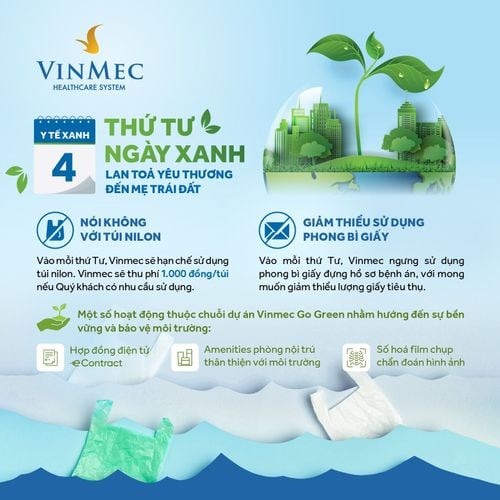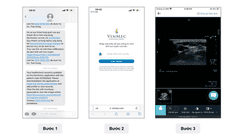Environmental pollution is a major global concern. Among the contributors, waste from tuberculosis patients is one of the causes of environmental pollution. This waste may contain disease-causing bacteria, and if not properly treated, it can lead to the spread of disease and negatively impact public health. Therefore, raising community awareness and investing in technologies for treating tuberculosis patient waste is essential to addressing this issue effectively.
1. Causes of Tuberculosis Patient Waste Contributing to Environmental Pollution
Waste from tuberculosis patients is a significant source of environmental pollution.
- According to a report by the World Health Organization (WHO), tuberculosis patient waste may contain pathogenic bacteria such as Mycobacterium tuberculosis, Mycobacterium leprae, and other bacterial species (WHO, 2019). If not properly treated, this waste can come into contact with humans, posing a risk of disease transmission.
- Additionally, hazardous substances in tuberculosis patient waste, such as mercury, lead, arsenic, and organic compounds, can harm human health and the environment (Nguyễn Đình Tuấn, 2020).
2. Management of Tuberculosis Patient Waste
The management of tuberculosis (TB) patient waste requires expertise and advanced techniques to ensure environmental safety and public health. Below are some common approaches for handling TB patient waste:
2.1. Destruction:
This manner uses high temperatures to eliminate disease-causing bacteria and harmful substances in TB patient waste. Destruction can be carried out through incineration or by using furnaces. However, this technique must ensure adequate temperature and duration to completely destroy the waste, minimizing the risk of environmental pollution and threats to human health.
2.2. Biological Decomposition:
This procedure involves the use of microorganisms to break down organic substances in TB patient waste. Biological decomposition is typically conducted in decomposition tanks or anaerobic digestion systems. However, this method requires maintaining appropriate environmental conditions for microorganism growth and waste decomposition, along with controlling odors and minimizing environmental contamination risks.
2.3. Recycling:
This process applies recycling techniques to separate and process components in TB patient waste, thereby producing new recycled products. Recycling can be carried out on materials such as fabric, paper, plastic, and metals. However, this approach demands safety measures and professional expertise to handle TB patient waste, particularly materials that pose a risk to the environment and human health.
Depending on the condition of TB patient waste in each locality and the available technical capabilities, the effectiveness of these techniques varies. Selecting an appropriate method that ensures environmental and human health safety is crucial.
3. Current Status of Tuberculosis Patient Waste Management in Vietnam
The management of tuberculosis (TB) patient waste at healthcare facilities in Vietnam still faces numerous limitations.
- According to the report by Nguyễn Đình Tuấn (2020), TB patient waste in Vietnam is primarily managed through incineration and landfill methods. However, incineration does not fully eliminate harmful substances in the waste, posing risks to the environment and public health. Additionally, landfill process are not entirely safe and may have adverse environmental impacts.
- Furthermore, in Vietnam, regulations related to the management and treatment of TB patient waste have not been fully enforced. The management, collection, and treatment of TB patient waste at healthcare facilities still face significant challenges.
- Healthcare facilities also lack adequate equipment and technical expertise to handle TB patient waste safely and effectively.

Therefore, improvements in the management and treatment of tuberculosis (TB) patient waste in Vietnam are essential. This can be achieved through the establishment of clear and strict regulations, along with the enhancement of technical capabilities and the provision of equipment for healthcare facilities.
Managing TB patient waste is an urgent issue for healthcare facilities and environmental managers. TB patient waste may contain disease-causing bacteria and harmful substances; thus, its treatment requires a high level of expertise and technical proficiency to ensure environmental and human health safety.
To arrange an appointment, please call HOTLINE or make your reservation directly HERE. You may also download the MyVinmec app to schedule appointments faster and manage your reservations more conveniently.










